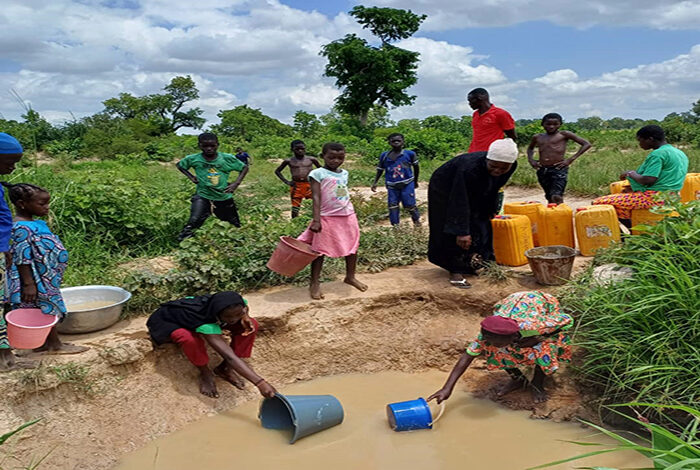MOST rural and peri-urban communities in the Sagnarigu Municipality rely on dams, streams and dugouts as their main sources of water. Residents have had to endure perennialwater crisis for many years, especially during the dry season when these water bodies dry up.
The number of man hours spent in search of water, the threat of water-borne diseases posed by the consumption of unwholesome water and the high cost involved in accessing water at that time of the year cannot be overemphasized.
When these water bodies, which the residents share with animals, dry up during the dry season they travel longer distances to access water which often drain their pockets and worsen their economic situation.
Some eventually sell their farm produce in order to afford the services of tricycles as they are unable to trek to distant places to access water.
The story is not different at Wovoguma, a farming community in the Sagnarigu municipality.
Residents of this community, for many years, depended on the community dam which served as a reliable source of water not only for Wovoguma, but for more than 27 other communities in Tamale and Sagnarigu.
Leachate pollution from Gbalahi landfill site and water availability
The quality and safety of surface and underground water around landfill sites are often compromised by leachate if adequate measures are not put in place.
Water bodies within the vicinity of landfill sites are usually polluted by wastes from the landfills either through groundwater infiltration or erosion to surface water bodies.
At least four streams and a dam belonging to Wovoguma and Kula, a neighbouring community have been polluted through surface erosion of liquid waste from the landfill site at Gbalahi.


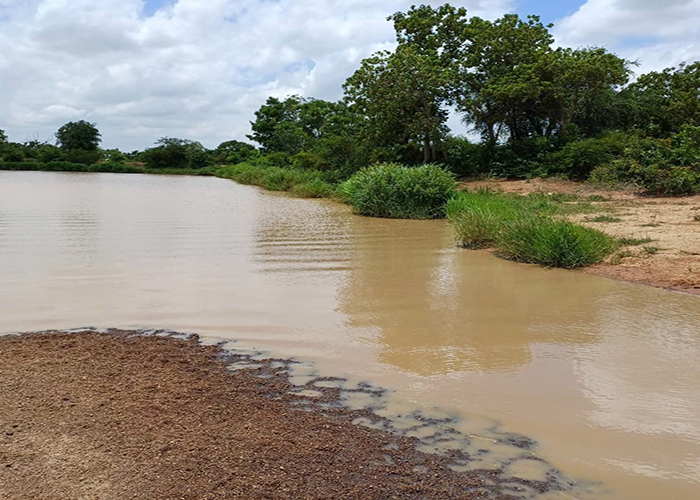
Water from these sources has been rendered unwholesome for consumption and abandoned by community members. This limits the number of sources of water for residents and adds to their woes when the other water bodies dry up during the dry season.
Some community members choose to draw water from a pit close to the polluted dam.
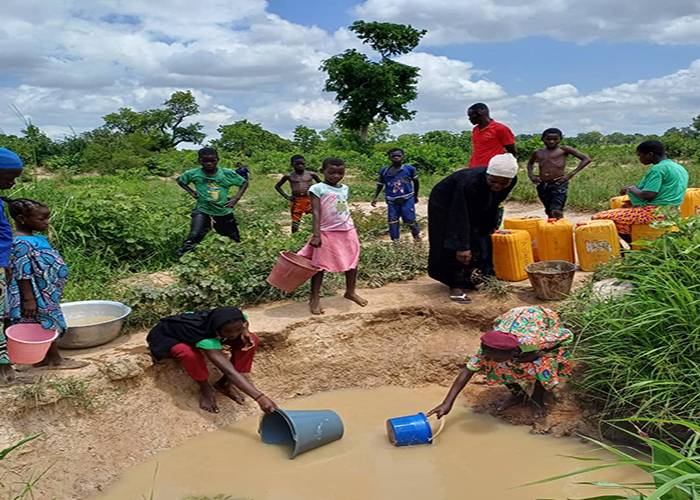
shares boundaries with one of the polluted streams.
Halifah Alhassan, one of the women who draw water from the pit on daily basis said even though they know that there is the highest likelihood of the water in the pit been polluted, they have no choice but to rely on it for domestic use.
“Because we don’t have water here we are managing with this. We know for sure, that water is not also good for us but because we have no alternative we have to manage with it for a while,” Alhassan said.
Confirming the pollution of surface water sources by liquid waste from the landfill site, the Director at the Waste Management Unit of the Tamale Metropolitan Assembly, Martin Ahorlu said the assembly is looking at diverting the liquid waste to prevent it from reaching the water bodies.
“I admit, I will not stand here and lie. We are still trying to see how we could prevent at the least the water from draining to those [water bodies] by diverting it. But it needs some engineering works to be able to do that,” Mr Ahorlu stated.
Threats to the sustainability of the Wovoguma Dam
During the construction of the landfill site in 2004, pipes were laid and connected to a stabilization pond as part of measures to prevent leachate. However, some of these pipes have burst exposing large volumes of the liquid waste and the possibility of infiltration of the liquid waste underground.
The Wovoguma Dam which was constructed in 2004 remained a reliable source of water for residents until this year when the dam dried up, perhaps due to the impact of climate change. This has raised serious concerns of the sustainability of the dam
Also, the building of houses closer to the dam poses a threat to the safety of the water. There is therefore the need for residents to start looking at alternative sources of water.
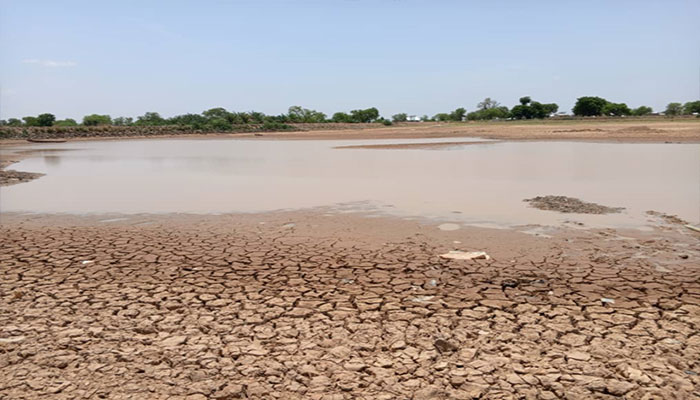
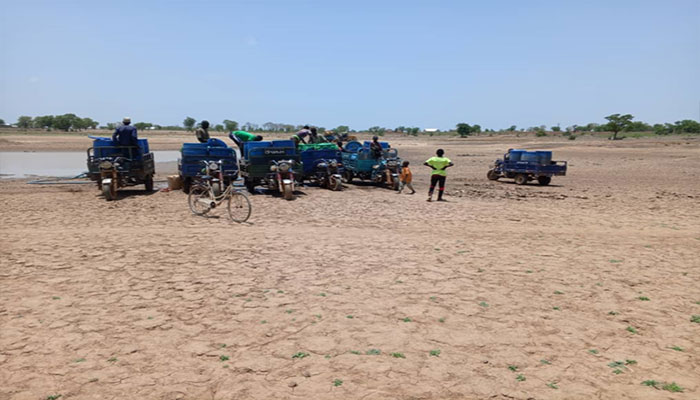
Even though the surface liquid waste from the landfill site does not flow to the Wovoguma Dam, chances that it could be polluted through ground water infiltration of waste from the site are high.
Research conducted on the effect of waste landfill site on surface and ground water drinking quality in Kumasi and published in the Water and Environmental Journal in 2020 found that cadmium concentrations in all water sources about 1.34km from a landfill site in Kumasi were extremely higher than the World Health Organisation’s (WHO) limit, rendering them unwholesome for consumption.
Until a similar study is conducted on the impact of leachate on the Wovoguma Dam, it remains unclear whether or not the water is still safe for consumption.
Prior to the construction of the landfill site in 2004 the World Bank conducted a test of the soil at the site for leachate, and found it suitable.
However, after two decades of the existence of the landfill site, many believe that another test should be conducted to confirm if the soil is still capable of preventing leachate.
They cite human activities including farming and spraying of chemicals which may weaken the soil and cause it to lose its original texture.
However, no such test has been conducted to ascertain whether or not the soil is still good enough to prevent leachate.
This, Mr Ahorlu, attributes to financial constraints facing the Tamale Metropolitan Assembly.
“We have not done that test yet because it borders on funds. We even don’t have the funds to conduct daily capping let alone going to conduct scientific [study]. We have not commenced any research to look at the soil. Once we get some funding support we will conduct those tests,” he assured.
Abandoned Pipe-borne Water Project
In 2004, residents of Wovoguma heaved a sigh of relief when a project to extend pipe-borne water to the community commenced, as part of the social amenities the people were supposed to enjoy as a result of the siting of the landfill site there.
Pipes were laid to the community and one stand-pipe erected.However, for two decades now and to the disappointment of the people, not a single drop of water flowed from the tap.
For more than 20 years since the start of the project, the people live every single day hoping and praying that it would be completed for them to have access to potable drinking water.
“Before the construction of the landfill site they promised to provide us with water, electricity, health centre, school, among others. When work commenced on the project, they extended pipes to this community, but we could not access water from it for even a single day,” Alhassan Yabdoo, a community elder lamented.
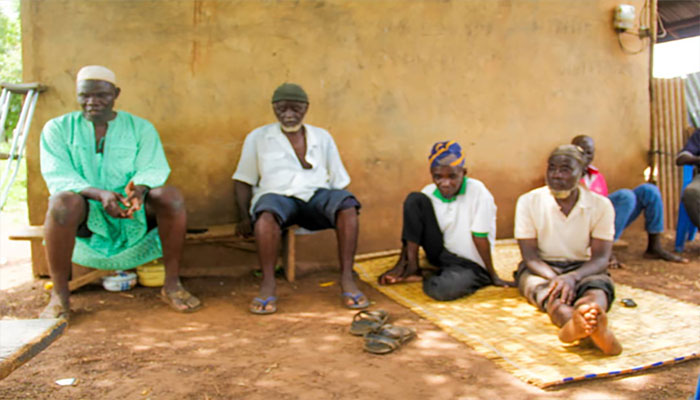
The water supply project was expected to mitigate some of the hazards of the landfill site, perhaps including the current pollution of water bodies.
Residents and elders of Wovoguma appealed to authorities and philanthropists to, as a matter of urgency, come to their aid.
Sharatu Tia, a resident said the women usually bear the brunt of the water crisis and described the ordeal they go through on daily basis to get water for domestic consumption.
“The dam dried up leaving small quantity at the middle and a lot of mud around it. We used to place stones in the mud to step on to avoid getting stuck in the mud and sometimes we did get stuck. The women in this community suffer a lot in search of water,” she lamented.
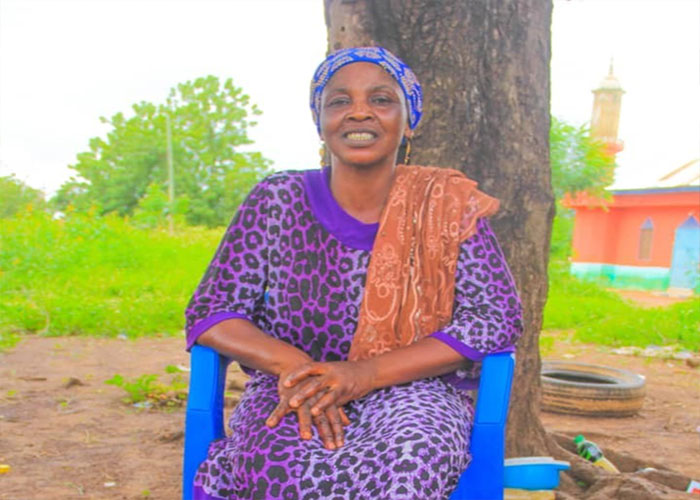
Mrs Tia therefore called on government and the assembly to heed to their call.
“Our predicament is as a result of the abandoned water project and the current state of the dam. We are appealing to philanthropists and the authorities to please come to the aid of the men and women of this community to complete the project and help dredge the dam because water is life. We are pleading with the government and the assembly to please give us potable drinking water and dredge the dam,” she emphasized.
Even though Mr Ahorlu believes the water project must be completed, he says the funding which was allocated by the World Bank was exhausted.
“It was a World Bank project. That money has been dissipated. So, it’s the assembly that is supposed to do it and if there is funding definitely we will do it,” he reiterated.
He said the issue is currently not on the table of the assembly but assured that the assembly may consider drilling boreholes for the community to mitigate the suffering of the people.
Mr Ahorlu assured that he will make a case for the provision of alternative water sources for the communities whose water bodies have been polluted by the landfill site.
Recently, the Zoomlion Ghana Company Limited, a subsidiary of the Jospong Group of Companies constructed an Integrated Recycling and Compost Plant (IRECOP) at the landfill site.
The plant, according to Mr Ahorlu, will be commissioned in the coming weeks.
He encouraged the chiefs and elders of the communities affected to take advantage of the opening of the plant and make a strong case for the provision of alternative water sources.
“If the chiefs don’t raise it I will raise it at my level when we meet as stakeholders,” he assured.
Most of the pipelines which were laid in 2004 have been broken as a result of the expansion and grading of the main road leading to Wovoguma.
Until the water project is completed or a reliable alternative source is provided, the people will continue to suffer in their quest to access water for domestic and other uses.
This story is made possible with support from CDD-Ghana’s I am Aware project funded by the Hewlett Foundation in the USA.

